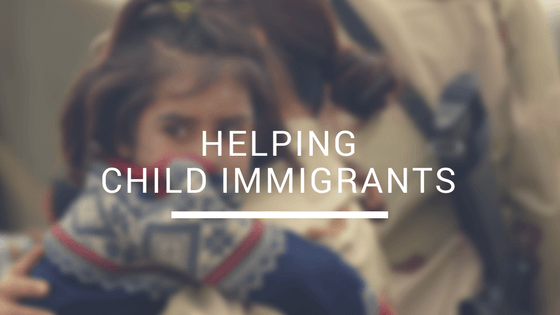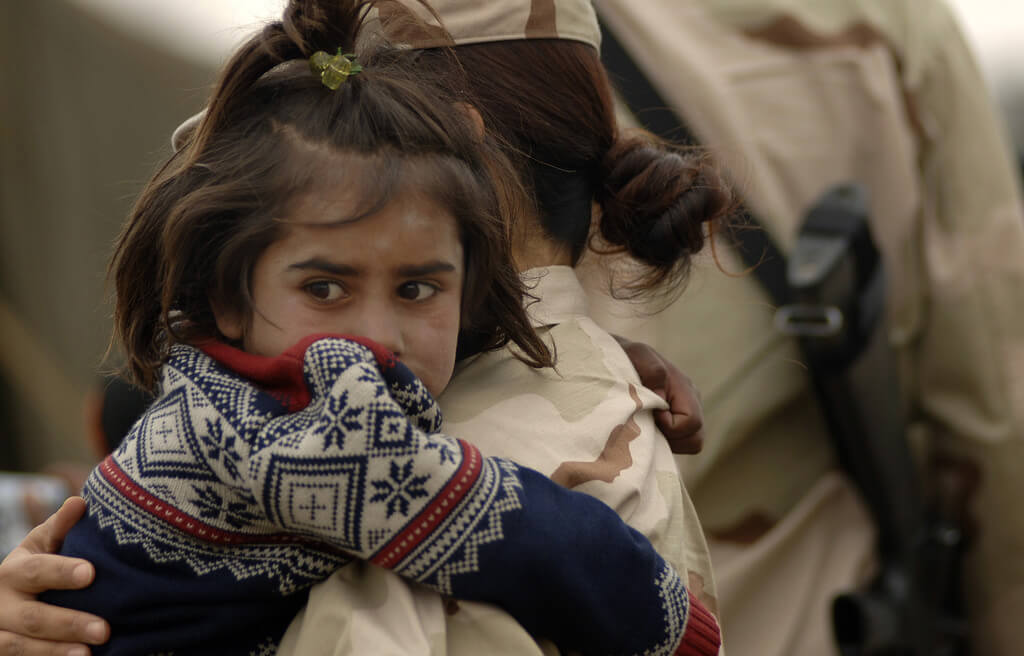
Two conversations about immigration are fresh in the American political conscience of today. The first: the Syrian refugee crisis, which has led to an influx of Syrian migrants throughout the middle east, Germany, and the United States. The second: the persistent flow of immigrants from Central America over the American border into the Southwestern United States. Both of these groups contain large numbers of children, many of whom are younger than twelve, many of whom are traveling on their own.
Many of the children fleeing Syria have been raised in a state of war. Those that come as refugees have grown up in a highly stressful environment, dealing with bombings and shellings, the deaths of family members, the loss of their homes, or injuries. 50% of Syrian children have had to drop out of school, causing them to miss out of education during an important developmental period. Those who flee without refugee status have often endured many of the same hardships, but without the promise of asylum. And even for those granted asylum, many find themselves in refugee camps with insufficient resources–safer than they’d been before, but a far cry from a normal life.
It’s not surprising, then that these children face long-term mental health risks. 25% are at risk for developing a serious mental disorder, and their stressful lifestyle also puts them at risk for a variety of developmental disorders, heart disease, diabetes, and substance abuse.
Meanwhile, south of our own border exists a different humanitarian crisis. Despite those that assert that Central American immigrants to the United States are coming for purely economic reasons, in reality a huge number of these immigrants are children fleeing violence back home. In countries such as Guatemala, gang violence, spurred by the United States’s own drug consumption, has rendered areas extremely unsafe. Cartels recruiting from schools pressure children to join them, and those that refuse risk death.
As a result, young children are fixing their sights on the United States, often turning to human smugglers, called coyotes, to get them underway. They risk being sold off to sex traffickers, as well as death at the hands of gang members. If they successfully make it to the United States, they can be arrested for illegal immigration. Children that are caught are sent to family awaiting the court date, if they have family in the States. If not, they are sent to shelters, which are often cramped and understaffed, unable to keep up with the number of people arriving. They are not guaranteed a lawyer at their hearings, and even with the help of lawyers working pro-bono, many ultimately get sent back home.
The number of child immigrants from both Syria and Central America highlights the seriousness of the conditions in these areas. Failure to address these issues will not be looked on favorably by history. We must face the issues, or risk depriving an entire generation of children of a future.

